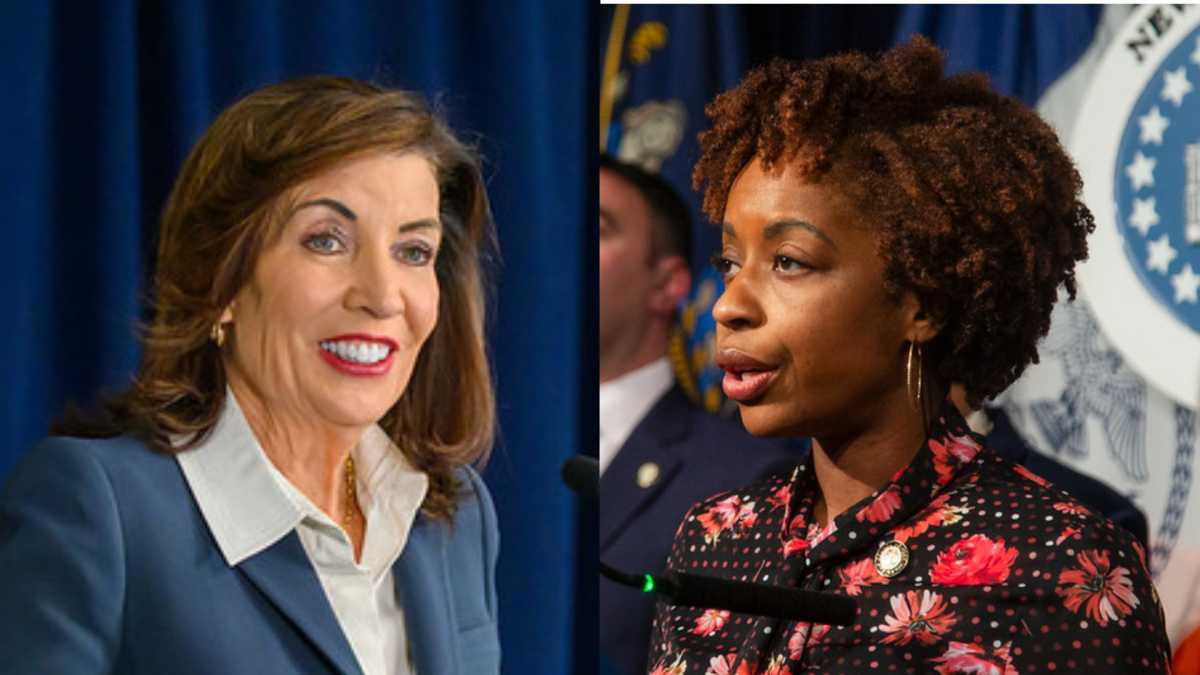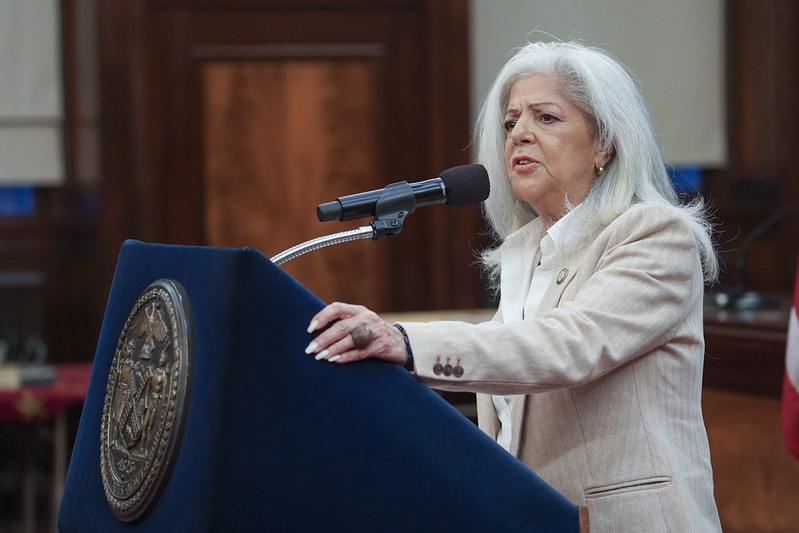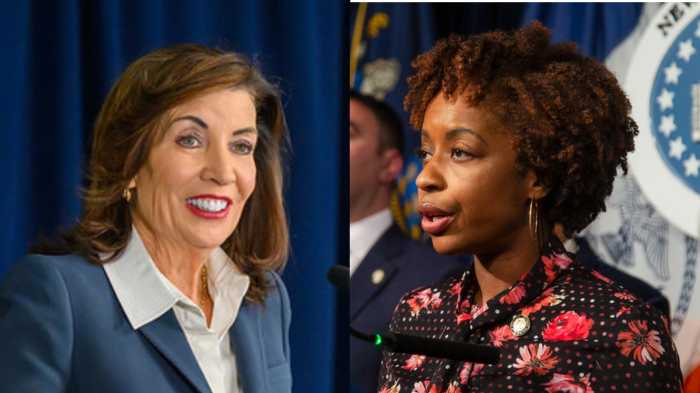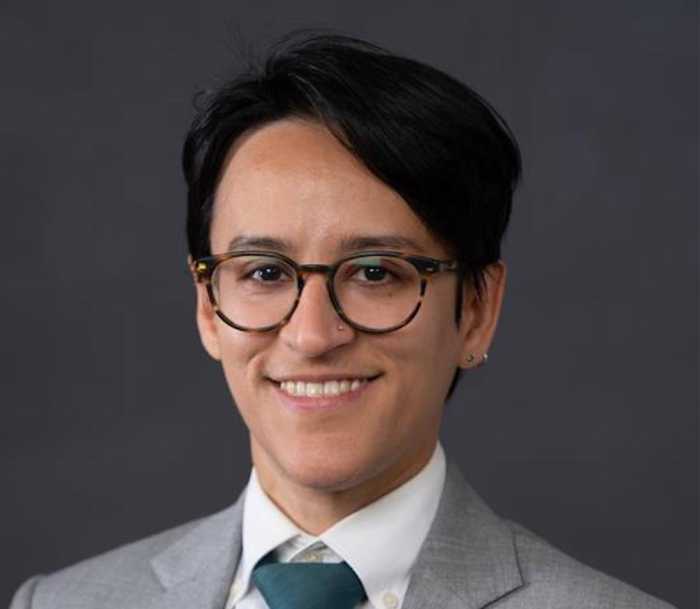Chicago is often referred to as the “Second City,” but the Illinois metropolis is number one – nearly three points above New York – in a new study just released by Congressmember Anthony Weiner.
However, in this study, an examination of cell phone taxes and fees in 10 major cities across America, higher does not mean better.
“Our cell phone bills have monthly fees for everything from city and state sales taxes to multiple surcharges,” Weiner said in a statement. “It’s gotten out of control.”
In fact, while New York came in second place in terms of the percentage of their cell phone bill that residents pay in taxes – 16.2 percent – the city was first with regard to the actual number of fees wireless users are stuck with.
Including the customary state and local taxes, an average of 10 cell phone fees are levied on consumers each month, according to the study. The fees include the Metropolitan Commuter Transportation District sales tax and surcharge; a state excise tax; a local utility gross receipts tax; state and local wireless 9-1-1 fees; and a New York franchise tax.
Armed with the results of his study, which was based on the average city cell phone bill of $49.94, Weiner plans to do more than just “talk the talk.”
The Congressmember, who serves as vice chair of the House Energy and Commerce Subcommittee on Communications, Technology, and the Internet, is a cosponsor of the Cell Tax Fairness Act, designed to prevent state and local governments from singling out wireless services for new taxes.
However, under the legislation, a state or municipality can impose or raise wireless tax rates or fees in conjunction with an increased cost in general goods and services. Additionally, the bill would not roll back or reduce current wireless taxes or fees.
So, in the end, mobile phone users in big cities from New York to Chicago to Los Angeles will have to continue to put their tax money where their mouth is.
































